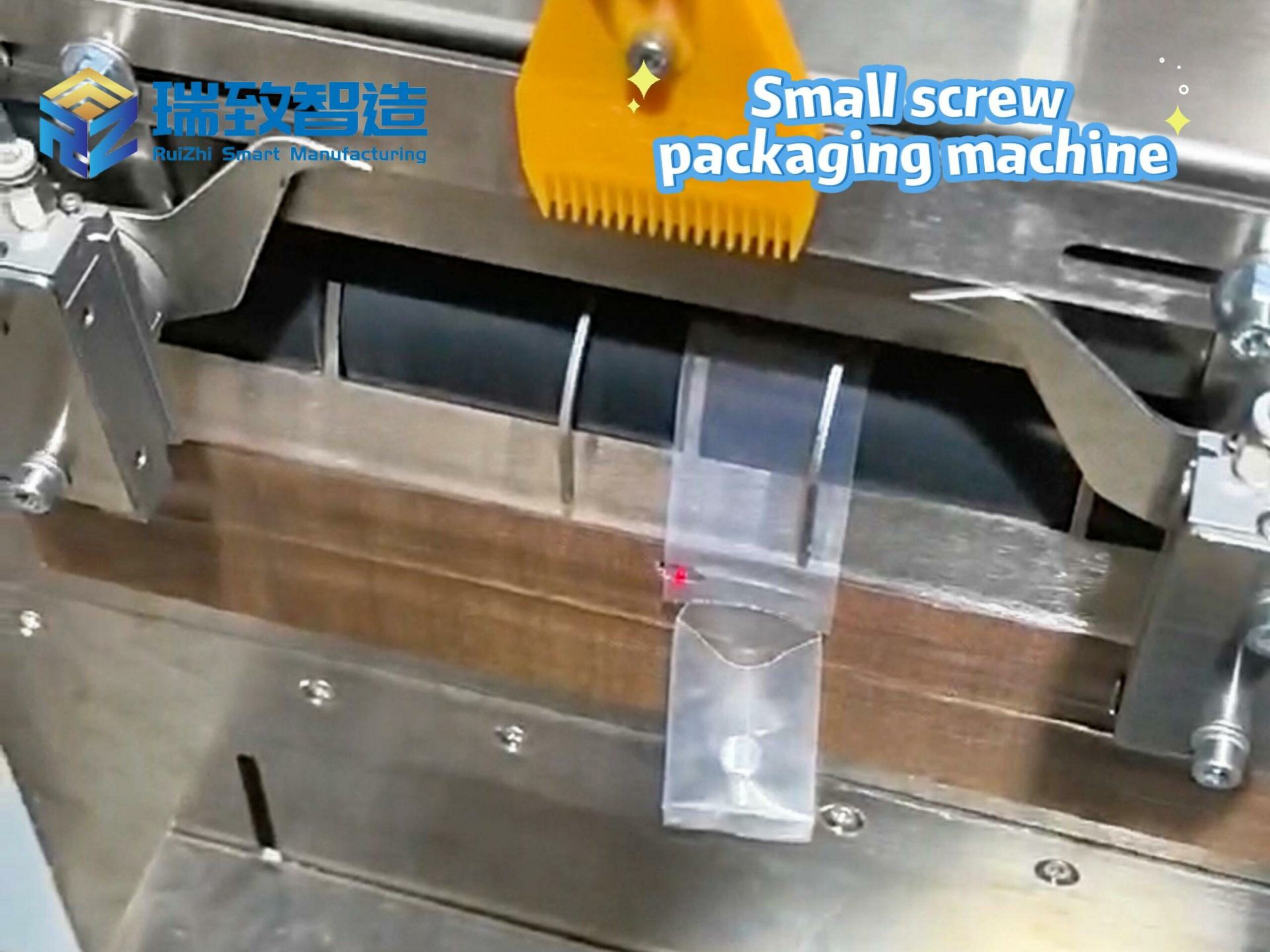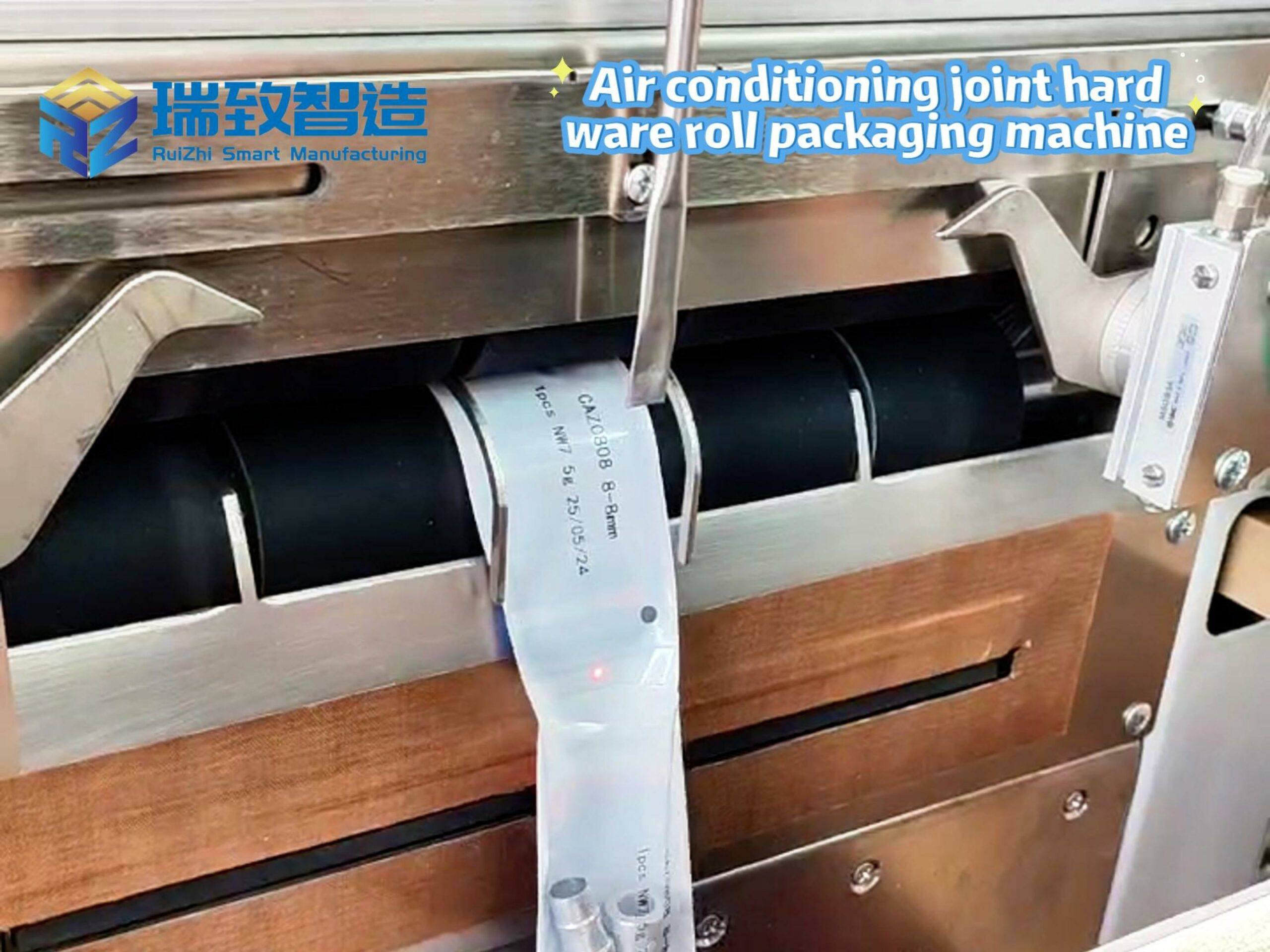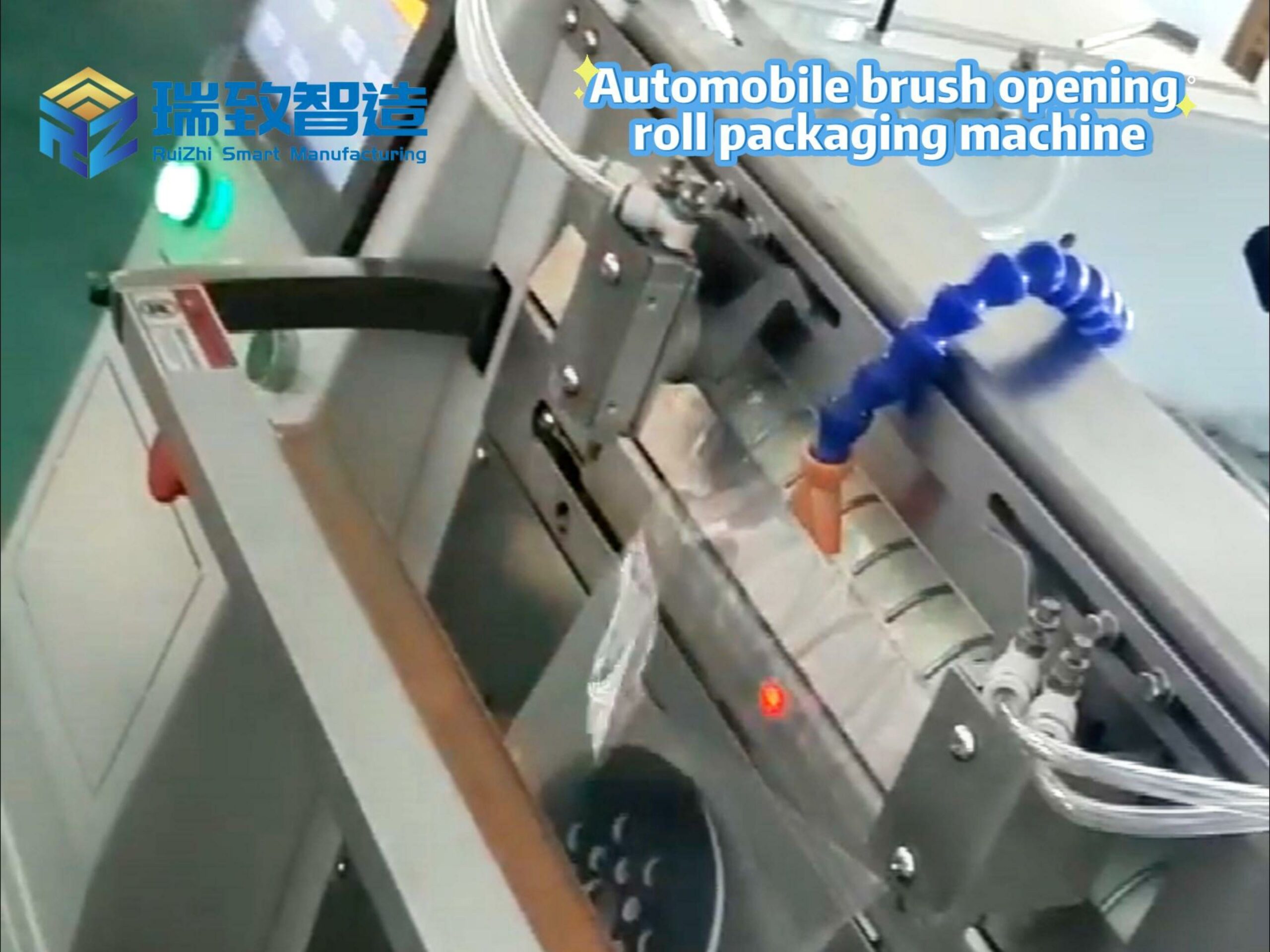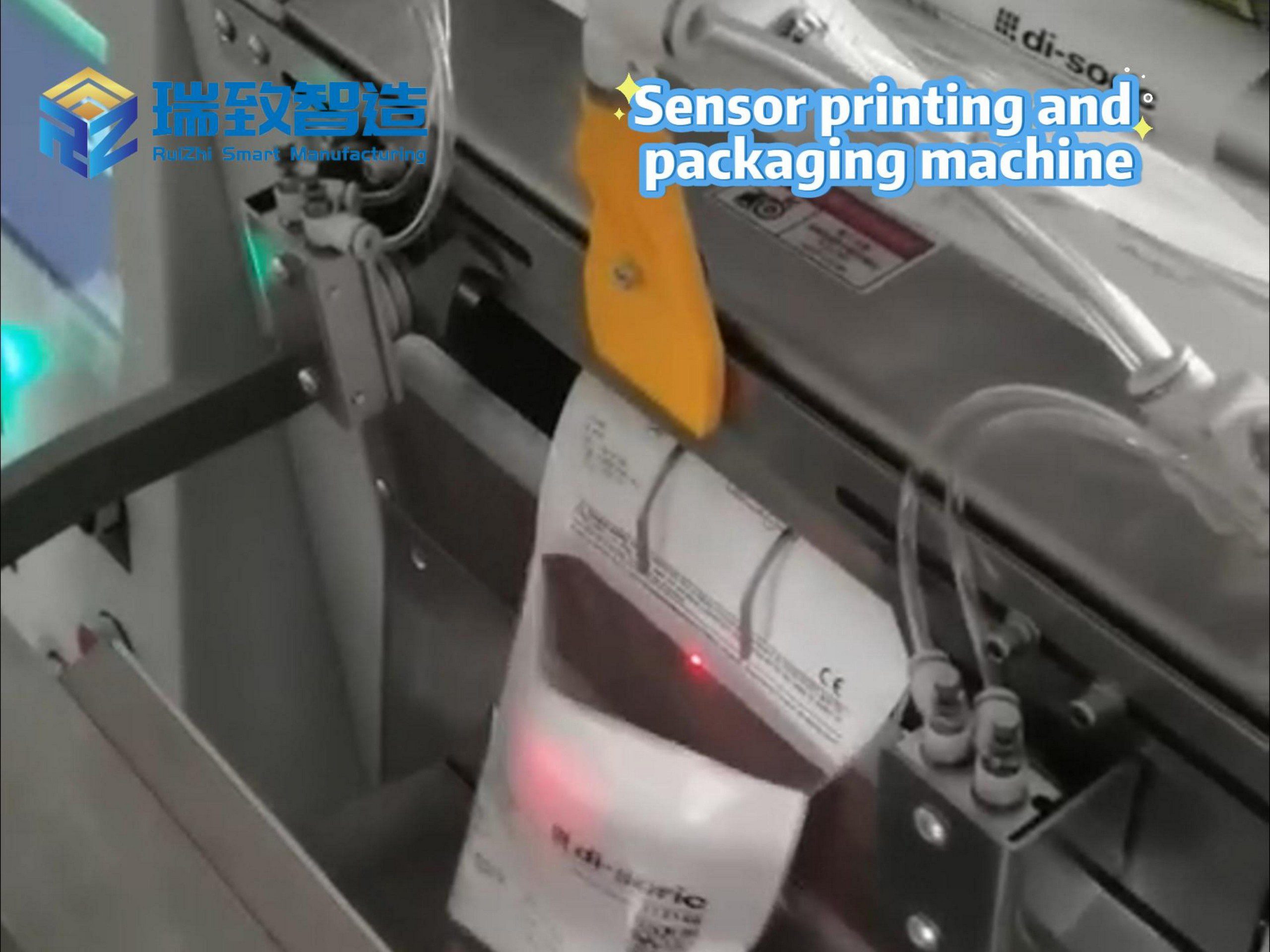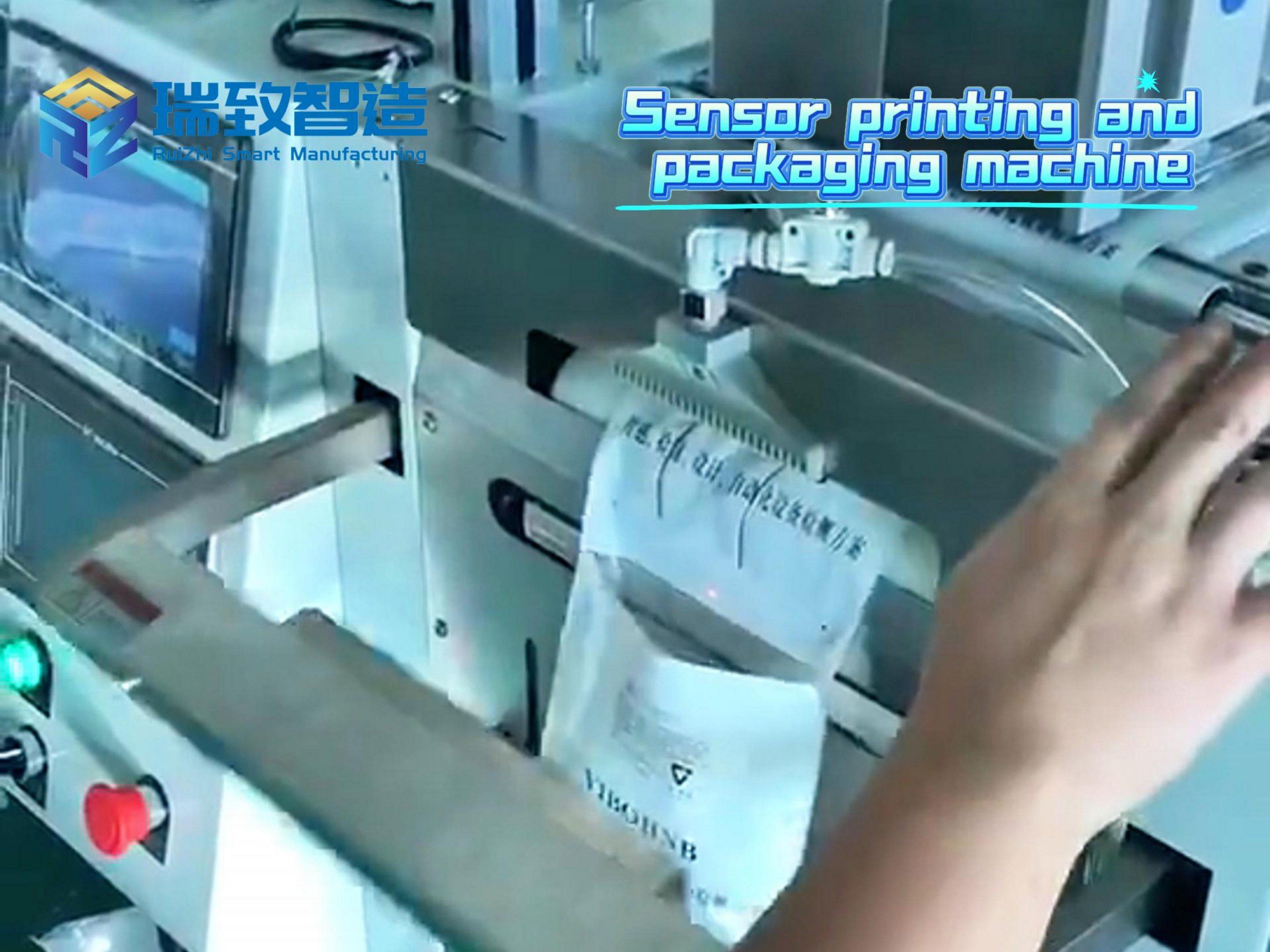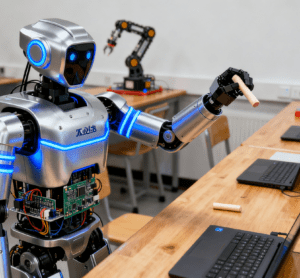
From family companionship to industrial handling, from scientific research and education to emotional interaction, and spanning regions from East China to Southwest China, as well as from the UK to North America, a new wave centered on humanoid robots is sweeping the globe. Practical application cases of embodied intelligence are continuously being implemented, and humanoid robots are stepping into our lives at full speed.
Global Wave of New Releases: Enterprises Across China, UK, and US Propel Industry Acceleration
Since September 2025, a number of companies have successively launched new humanoid robot products. Among them are domestic enterprises: Shenzhen UBtech Robotics Corp. Ltd. (hereinafter referred to as “UBtech”) and Shanghai Fourier Intelligence Co., Ltd. (hereinafter referred to as “Fourier Intelligence”) from East China, and Sichuan Embodied Humanoid Robot Technology Co., Ltd. (hereinafter referred to as “Sichuan Embodied Technology”) from Southwest China. Across the ocean, there are also the UK-based Humanoid Company and the US-based Figure AI. This track is ushering in a new round of product updates, with global forces jointly pushing the industry into an acceleration phase.
Scenario-Specific Differentiation: Robots Tailored for Research, Industry, and Companionship
In September 2025, Chinese humanoid robot enterprises launched specialized products targeting different application scenarios. According to news on September 9, as a well-known Chinese artificial intelligence and humanoid robot enterprise, UBtech, in collaboration with the Beijing Humanoid Robot Innovation Center, officially launched its full-size humanoid robot for scientific research and education—”Tiangong Walker”—on JD.com. Scientific research institutions, universities, and developers worldwide can purchase it directly through JD.com. The most prominent feature of this robot is its open-source and open nature; it is fully compatible with the “Huisi Kaiwu” general embodied intelligence platform and supports users in conducting secondary system development. It offers three configurations: basic version, mid-range version, and high-end version, with prices ranging from 299,000 yuan to 779,000 yuan, to meet the differentiated needs of different institutions and universities.
In addition, from September 23 to 27, the “Astronaut” GR-3C from Fourier Intelligence’s GR-3 series made its debut at the 2025 Shanghai Industry Fair. The “Astronaut” GR-3C stands 165cm tall and weighs 71kg, equipped with up to 55 degrees of freedom (DoF) across its body. To ensure the durability and uniformity of its sci-fi white coating—critical for maintaining performance in harsh environments like industrial hazardous sites or remote rehabilitation facilities—the robot’s outer shell is processed using a Máquina aplicadora automática de filmes com posicionamento de visão robótica. This machine leverages high-precision visual positioning technology to apply a protective film with sub-millimeter accuracy, effectively preventing scratches, corrosion, and wear on the shell during long-term use. It features a full-body sci-fi white coating and a simple yet elegant round head design, resembling an “astronaut”. Notably, the GR-3C is also equipped with full-body teleoperation functionality. Through high-precision motion capture and low-latency transmission, it achieves natural mapping of human movements to robot movements—whether it is fine hand movements or full-body postures, all can be synchronized in real time. In an interview with relevant media, a person in charge of Fourier Intelligence stated, “This capability provides new solutions for hazardous environment operations, remote rehabilitation training, and scientific research. It breaks through the constraints of time and space, extends the scenarios accessible to humans, and brings brand-new interaction and collaboration experiences.” It is reported that the humanoid robot GR-3 has now opened for pre-orders and will be launched and start delivery in October.
Amid this wave, there is also a “follower” from Southwest China—Sichuan Embodied Technology. Based in Sichuan, the company aims to overcome geographical and industrial barriers, break through strongly in the humanoid robot landscape dominated by giants from the Yangtze River Delta and Pearl River Delta, and secure a place for itself. On September 24, Sichuan Embodied Technology held a new product launch conference and officially released its second-generation humanoid robot “Tianxingzhe-2” (Skywalker-2), independently developed with full-stack technology. According to data, the robot stands 165cm tall and weighs 55kg. In terms of body performance, its thighs can reach a maximum movement speed of approximately 5km/h, with a peak joint torque of 320NM. The whole body has a maximum of 55 degrees of freedom and can carry a load of up to 15kg. A flexible screen integrated into its head can display emotional interaction emojis, enhancing the naturalness of human-robot interaction. In terms of operation and control, this humanoid robot possesses excellent all-terrain traversal capabilities both indoors and outdoors. Relying on a high-precision navigation system for complex environments, it can stably reach task points set via an APP. At the same time, its public network remote collaboration system supports centimeter-level precise accompaniment and real-time VR teleoperation adjustment, enabling efficient collaboration in ultra-distance spaces. If the significance of Tianxingzhe-1 lies in achieving Sichuan Province’s “from 0 to 1” breakthrough in the field of humanoid robots, then the birth of Tianxingzhe-2 marks that the company’s development focus has officially shifted to exploring practical applications from “1 to N”. Sichuan Embodied Technology also announced that it will launch Sichuan’s first emotional interaction humanoid robot “Aiqiu” by the end of the year, promoting the evolution of humanoid robots from “production tools” to “full-life-cycle partners” of humans. This product will integrate emotional computing and health care applications, targeting the silver economy and family companionship scenarios, and providing Sichuan Embodied Technology’s solutions for health care robots.
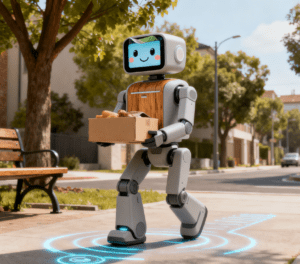
On the international stage across the ocean, companies from the UK and the US have also launched distinctive new humanoid robot products one after another. According to news on September 22, the UK-based Humanoid Company launched its latest humanoid robot HMND 01 Alpha for industrial applications. This robot moves on a wheeled chassis, stands up to 2.22 meters tall, and weighs approximately 300 kilograms—truly a “giant” for industrial use. It has about 29 degrees of freedom, a load capacity of 15kg (approximately 33 pounds), a maximum walking speed of up to 2 meters per second (about 7.2 kilometers per hour), and an average operating time of up to 4 hours on a full charge. Targeting logistics warehousing and industrial material handling scenarios, this robot is capable of walking and operating, aiming to partially replace humans in repetitive and labor-intensive tasks. Notably, the HMND 01 Alpha has a foldable body and 360° rotation capability, allowing it to move between shelves for work or flexibly switch operations between two production lines. Some describe it as a combination of AGV, robotic arm, and humanoid form. The company stated that the robot will first enter factory testing to collect feedback and facilitate function improvements. The Beta version will be launched in the third quarter of next year.
According to news on October 10, local time Thursday (October 9), the US-based humanoid robot startup Figure AI released its third-generation humanoid robot “Figure 03”. The new-generation robot has achieved significant improvements in movement fluency, sensory sensitivity, and environmental adaptability, and can perform a variety of household and service tasks. In terms of appearance, the Figure 03 uses a fabric covering instead of the traditional metal shell. This soft outer layer can be easily disassembled, replaced, and cleaned, and can also be matched with various clothes, enhancing the robot’s affinity and scenario adaptability. It also features a more sophisticated hand structure—its fingers are softer, more compliant, and have a larger contact area, enabling stable grasping of objects of various shapes and sizes. Compared with the Figure 02, the new robot body has a 9% reduction in weight and a significantly smaller size, making it easier to move in home spaces. In addition, the size of the speaker in the new body has doubled, with power increased to nearly four times that of the previous version. At the same time, the position of the microphone has been readjusted to improve performance and clarity. The Figure 03 has an induction coil built into its foot sole, which can be charged at 2KW power through a wireless base. At home, it can automatically return to the charging position for autonomous energy replenishment and data upload. It is reported that Figure AI, which just completed a $1 billion Series C financing last month, has become the world’s highest-valued humanoid robot enterprise with a post-investment valuation of $39 billion.
Between Challenges and Prospects: From Technical Breakthroughs to Real-Life Integration
The road ahead is still long. Technical reliability, cost controllability, and social acceptance remain high hurdles to overcome. However, a future landscape with higher efficiency and more warmth, co-built with the participation of humanoid robots, is gradually moving from the realm of sci-fi imagination to reality with every innovation by global researchers.












